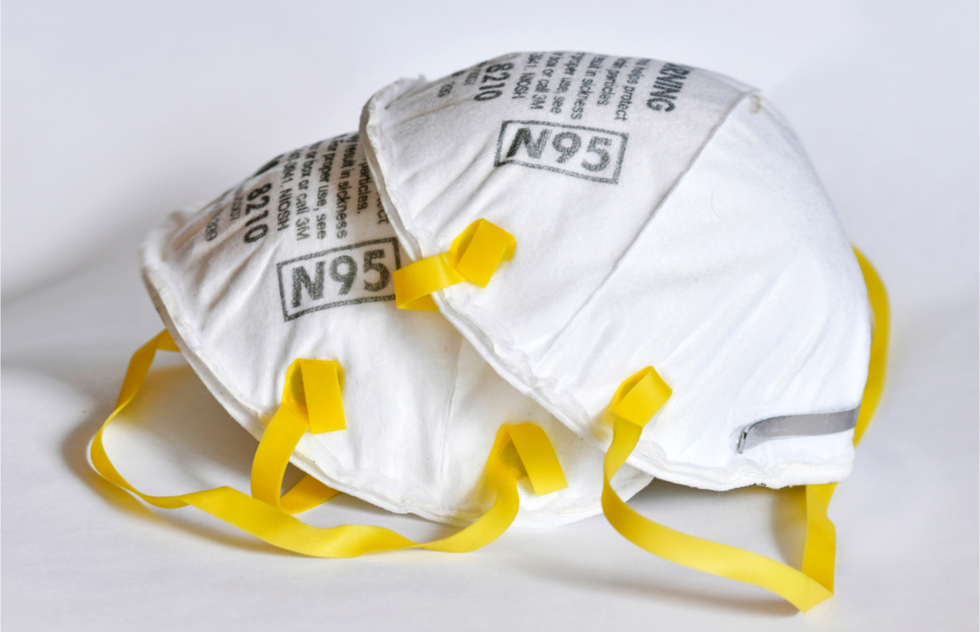If you look at the mask requirements for the major U.S. airlines, you'll see that all of them defer to advice from the Centers for Disease Control and Prevention and the Transportation Security Administration: Masks must cover both nose and mouth and have no vents or other types of openings.
No policies restrict passengers to a specific mask model type, but many do stipulate that face shields, balaclavas, ski masks, scarves, and bandanas are not acceptable. Other than that, passengers can bring aboard a wide variety of masks ranging from homemade to medical-grade.
Those are the rules on United Airlines, American Airlines, Delta Air Lines, Southwest Airlines, JetBlue, and the rest of the carriers based in the United States.
But these regulations don't really answer the question of which mask is best for air travel. For that, we suggest you turn to several of the European carriers, because their rules reflect the far more conservative masking policies of their home countries.
Since last January, both Germany and France have required that citizens wear medical-grade, FFP, or N95 masks aboard all forms of public transportation. The move was in response to several studies (by Duke University, and by the Lancet Medical Journal, among others) which showed that these types of masks were by far the most effective for blocking the transmission of aerosols.
In fact, because of the tight weave of these masks and a snug, gap-free fit, they can filter out up to 95% of dangerous particles.
France and Germany began requiring these more sophisticated masks be used on local carriers Air France, Lufthansa, and all forms of public transportation. Finnair began requiring these types of masks on their planes in mid-August.
Unfortunately, because of the Delta variant spike, it can be difficult to find FFP2, FFP3, N95 (pictured at the top of this post), or KN95 masks in the United States at the moment.
Do try, but if you fail, there are ways to adjust lesser types of masks—the types still allowed on U.S. flights—to make them more effective. In February, Dr. Anthony Fauci recommended wearing two masks at once. That solution helps with gapping, but it would feel stuffy if done on a long flight.
The Mayo Clinic has advice that may be more flight-friendly: If you're wearing a paper mask, knot the ear loops where they attach to the mask, and then fold and tuck extra material under the edges to fill in any gaps.
For cloth masks, Mayo recommends tightly woven fabrics, especially cotton.
"Masks should be snug over the nose, mouth and chin, with no gaps," advises the Mayo Clinic. "You should feel warm air coming through the front of the mask when you breathe out. You shouldn't feel air coming out under the edges of the mask. Masks that have a bendable nose strip help prevent air from leaking out of the top of the mask. Some people choose to wear a disposable mask under their cloth mask. In that case, the cloth mask should press the edges of the disposable mask against the face."
It's useful to note that infections that were traced to exposure on commercial flights have been statistically low over the last year and a half. This is likely due to the use of most aircraft's high-grade HEPA filter systems, which are constantly bringing in clean air from outside.
But the new variants are proving to be unusually infectious and some specialists believe U.S. airline mask guidance should be more specific. So if you can, get one of the types that have been specifically recommended by the European airlines. Those are likely the safest way to fly.
And these days, erring on the side of safety just seems like common sense.






